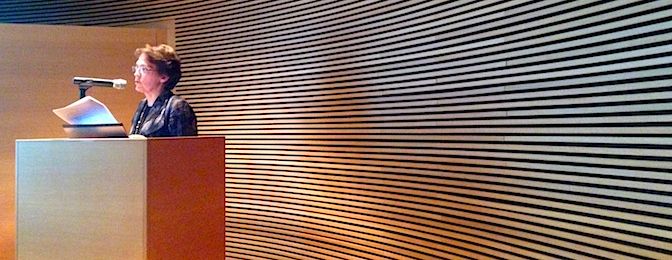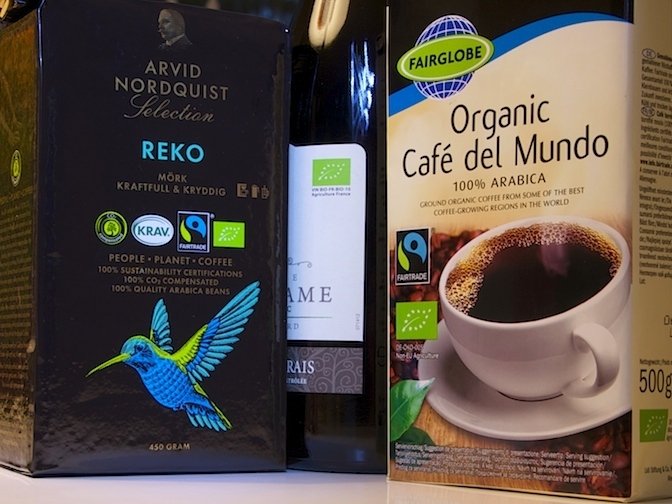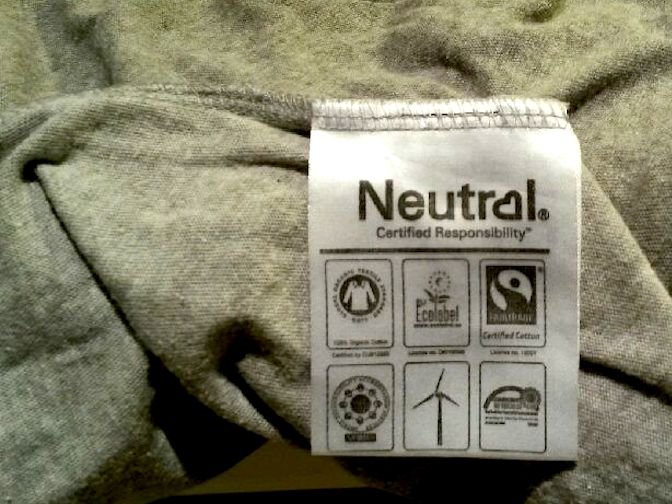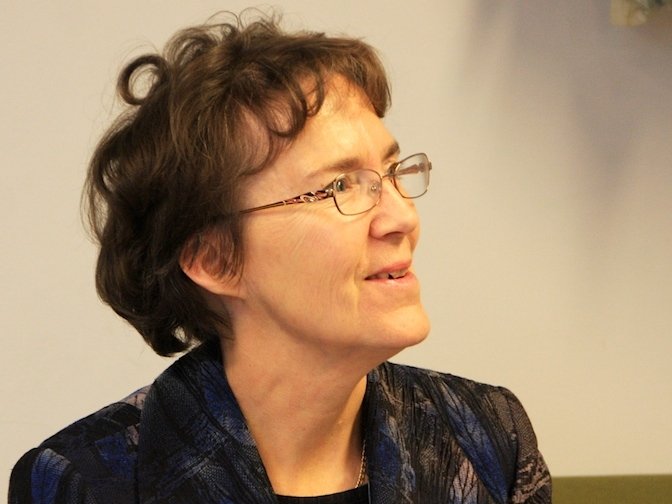
Towards a better world through checkout
Hundreds of different labels and certificates tell us how food, a piece of clothing or cosmetics have been produced. The frog symbol, the leaf symbol, the ladybug symbol and many others tell about the products and aim to influence our choices. A research group at TUAS found out how these labels direct customers towards a more responsible world.
Text: Nana Grahn and Anssi Järvinen
Sustainable development is a big challenge in the global economy and different regulation systems are created to control it. Norms and instructions created by actors in the private sector, or international private regulation, influence behind ethical labels or eco-labels. They aim for responsibility in the parts of the food value chain and in the choices made by consumers.
Conscience in your shopping basket
“Different labels respond to different needs. Some consumers are interested in rainforest protection and the system behind it, while others might be interested in the financial fairness, i.e. that a part of the product's price goes to the beginning of the material chain. Different labels respond to different challenges but, at the same time, they complement each other”, Docent Kaisa Sorsa, Principal Lecturer at TUAS, describes the backgrounds of the certificates and justifies their large numbers.
The TPR inno project at Turku University of Applied Sciences studied how ethical labels, eco-labels and agreements help with the creation and expansion of innovations. The project also examined how these affect the buying decisions of consumers and promote the change towards more responsible business.
The research project examined the value chains of coffee, sugar and beef on a global level, and those of salmon and the fast food industry on a more local level. Material was collected in Brazil, Italy and Finland by an international researcher network. The three-year TPR inno study was completed in the end of September 2014.
An honest packet of coffee
Of all food supplies in the world, coffee has had an important role in the introduction of certificates. Fairtrade coffee appeared in our coffee tables in the beginning of the 21st century. Later on, coffee has gotten different labels, such as Rainforest Alliance and UTZ, which tell consumers their own version about responsibility. The coffee livelihood affects the living conditions and environment of approx. 25 million people, and thus it is no insignificant matter.

As the TPR inno project studied the value chains, coffee served as a model example of how the life cycle of one product can be directed with certification at different stages during the life cycle.
“The coffee chain is the best example, because in that particular field there are the most responsibility labels which tell about the regulation systems behind them”, says Kaisa Sorsa.
What does responsibility mean in terms of these labels?
“Responsibility means raw material production that takes the environment into account. It can mean the well-being of animals, socially responsible production and trade and financial responsibility. These issues are always involved, no matter the field. In many countries following the legislation realises responsible operations, because following the legislation is not obvious for example in developing countries”, says Kaisa Sorsa.

The Rainforest Alliance label also tells about responsibility. We know it as the frog label, which was established to prevent the eradication of rainforests. The label tells that the product has been manufactured in an environmentally friendly manner, by maintaining biodiversity and in conditions that are fair to the workers. You can easily spot the label in a banana or a bar of chocolate.
The consumer wants and the business world implements
Responsible consumption mainly starts from the consumers. Because consumers want to know about the ethicality of products, the retailers have had to find out about the origin and production process of the products. More and more consumers are so-called Lohas consumers (Lifestyles of Health and Sustainability), who value ecological products and are ready to pay for quality and reliability. For example, the sales of certified coffee are increasing a lot more quickly than the sales of regular coffee. Consumers want to buy more and more responsibly produced coffee and this affects the operations of the countries which produce coffee.
“Consumers can make a difference with their choices and the more they vote with their feet, the more the issues will be promoted. All these systems have started from very small civic movements and increased from there. The Fairtrade system, for example, which was very small-scale in the beginning, has developed into one of the most well-known brands”, says Kaisa Sorsa.

The aim of the rules of fair trade is to decrease the gap between the developed and developing countries and facilitate the access of developing countries as a part of the economy of the rest of the world. Thus, a small decision in the everyday choices of a Finnish consumer can greatly affect the global economy and sustainable development. The researchers at Turku University of Applied Sciences continue their work to deepen the knowledge about responsible business.